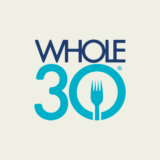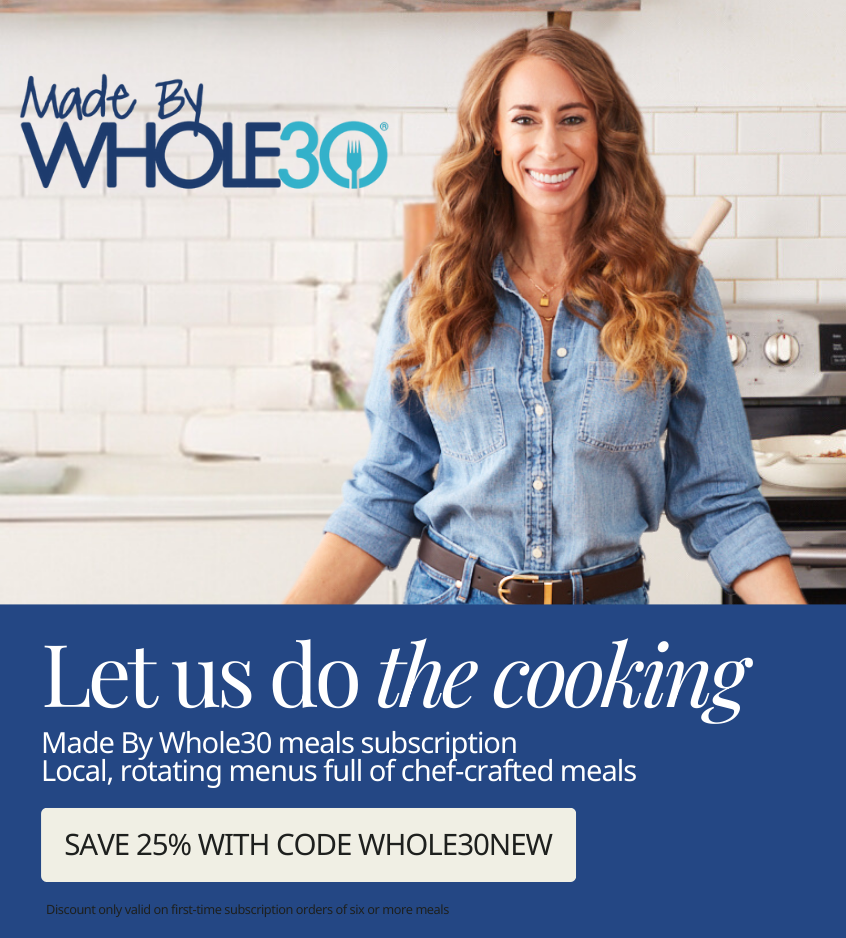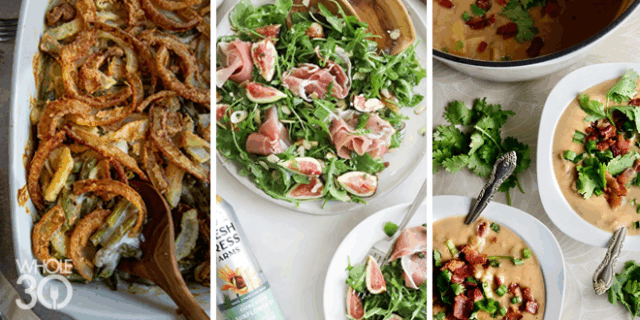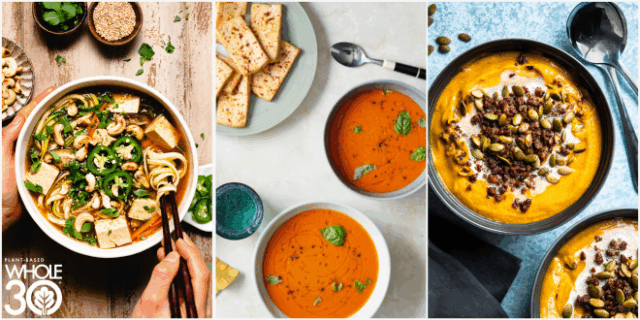Buying in bulk is one of the oldest tricks in the budgeting book. A whole sector of the economy grew out of the philosophy that you’ll save more money when you buy more stuff. You may even have a membership card that proves your bulk-buying bona fides.
And that’s a great start. But there’s more to buying in bulk than ponying up that yearly fee. Luckily, you can unlock these super-shopper secrets by reading the information and tips below. No elite-level membership required.
Why you’ll save money buying food in bulk
First, let’s talk about how you save when you buy food in bulk. It certainly doesn’t seem like buying more should cost less. That’s where the economies of scale come in.
Big businesses buy so much stuff that they can negotiate better deals on the goods they acquire, lowering the per unit cost. The same basic principles apply when you buy in bulk at certain stores.
That’s not all, though. When you buy food in bulk, you also save for a few other, less-academic reasons:
- You make fewer grocery trips—saving you time, and cutting down on impulse purchases.
- You’re able to meal prep more—having the cooking staples you need means you can plan meals around what you already have, helping you cook at home more often.
- Your spending is more predictable—stocking up stops you from riding the pricing rollercoaster at the grocery store.
Super-secret tips for how to buy food in bulk
Enough with the economics lesson. It’s time for the good stuff—secrets we sourced from the savvy shoppers at Whole30 HQ. Below, you’ll read the tips for buying in bulk that can help you stretch your budget even further. Without any further ado:
- Only buy bulk items that you use regularly so you don’t waste food.
- You should typically target non-perishable staples, frozen foods, and pantry items with long shelf lives or the ability to store well. Avoid buying items that spoil quickly—unless you plan to freeze or use them right away.
- These dry goods are great for buying in bulk (if you’re currently doing a Whole30, some of these items might have to wait for reintroduction or food freedom):
- Grains: Rice, quinoa, oats, couscous, and pasta
- Legumes: Dried beans, lentils, and chickpeas
- Baking goods: Flour, sugar, baking powder, and baking soda
- Canned goods: Tomatoes, tuna, beans, and coconut milk
- Take a trip down the frozen foods aisle to pick up fruits and vegetables, meat and poultry, and a variety of seafood. They all keep really well in the freezer.
- Pantry items are among the best foods to buy in bulk because you use them in a variety of recipes and ways. Look for:
- Spices, like salt, pepper, garlic powder, onion powder, or your favorite blend
- Broths, stocks, and bouillon cubes
- Whole nuts and seeds
- Nut butters and cooking oils
- Watch the unit price and compare the price per ounce or pound. That’s where you can really see the savings of buying larger quantities.
- Save storage space by tossing bulky original packaging and redistributing into smaller containers or bags.
- Split bulk items with friends or family members to share savings and storage.
- Schedule regular stock-ups to keep costs consistent.
- Become a dry storage genius by:
- Only keeping what you need in the kitchen and using other spaces in your house.
- Storing your dry goods in under-bed containers, over-the-door organizers, or closet shelves.
- Putting dry goods in smaller containers by transferring bags of rice, oats, or beans into clear, stackable, airtight containers.
- Store your bulk items by accessibility and frequency of use—if you use it a lot, make it easy to grab.
- Rotate what you’re buying in bulk, so you’ll stock up on pantry items one month, frozen the next, etc.
- Make sure to rotate the bulk items you buy so you’re using the oldest stuff first to minimize waste.
- Label everything you’ve transferred into smaller portions with the purchase date and expiration date. This will help you practice the “first in, first out” mentality.
- Get the most out of your freezer space. You can:
- Divide bulk meats, sauces, or soups into meal-sized portions stored in zip-top freezer bags.
- Save even more space by laying the bags flat and stacking them.
- Use clear, stackable storage bins or drawers for your freezer. It helps categorize the items and prevent foods from disappearing in the back or bottom of the freezer.
- Maximize your door space by storing condiments, small items, or bagged frozen fruit in the door to free up deeper shelves for bulkier items.
- If you have a smaller home or apartments, stick to bulk items that are truly space efficient. For example, purchase dry goods over massive multi-packs of bottled drinks.
A bonus tip from Melissa Urban
“If you find pre-cooked protein you really love, like Whole30 marinated chicken breasts or Amylu chicken meatballs, buy extra and freeze it for later. Warehouse clubs like Costco often have just one flavor on-shelf at a time, and rotates them every 6-8 weeks. That Lemon Garlic Chicken you love this week could be replaced by a different flavor next week, so stock up.”
Start using our secrets to buying in bulk
You know all the shopping secrets, so now it’s up to you to put them into practice. Make your next shopping trip a test run for applying all you know about how to buy food in bulk. Compare the cost to your previous grocery expeditions to see how much money you save by stocking up on staples and bulk items. And then do your savings celebration dance—you’ve earned it.
Looking for more budget-friendly tips and tricks? Sign up for Whole30 emails to have shopping and kitchen hacks, recipes, program information, and more from Melissa Urban sent to you every week.















